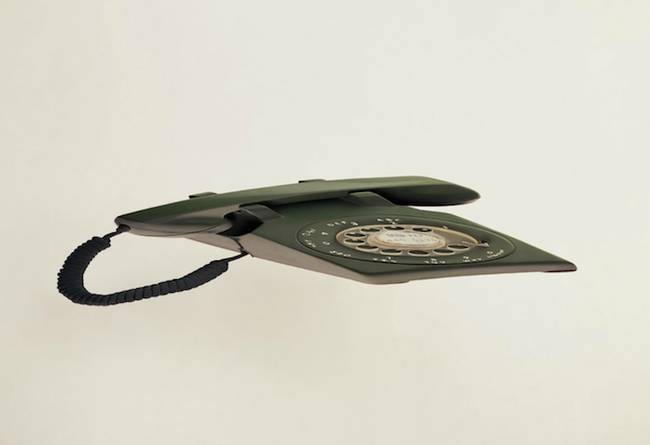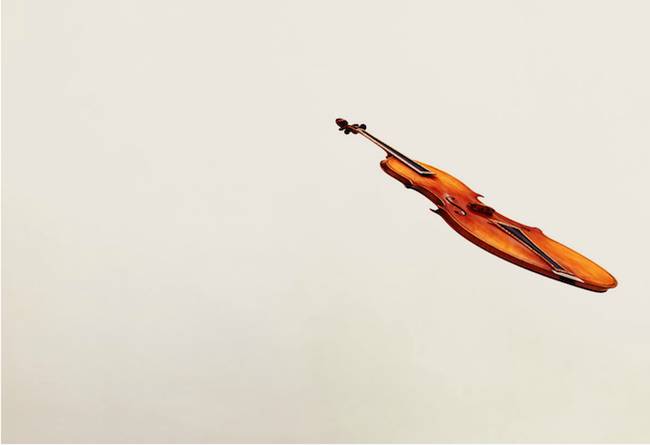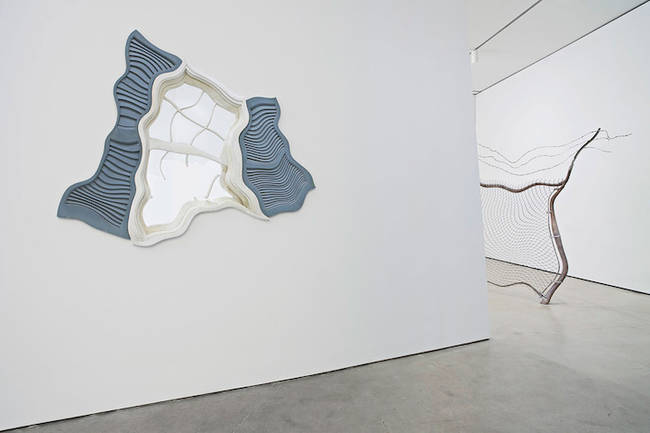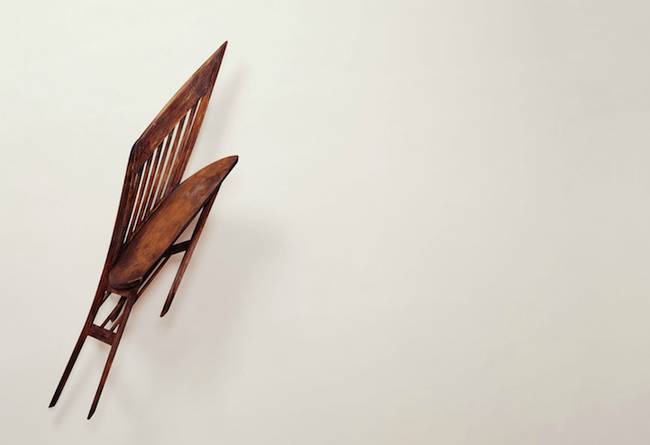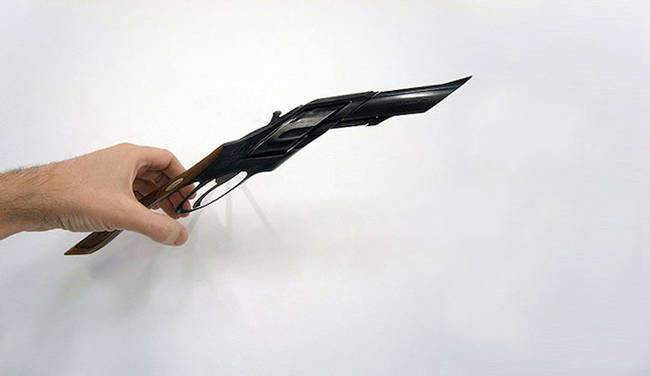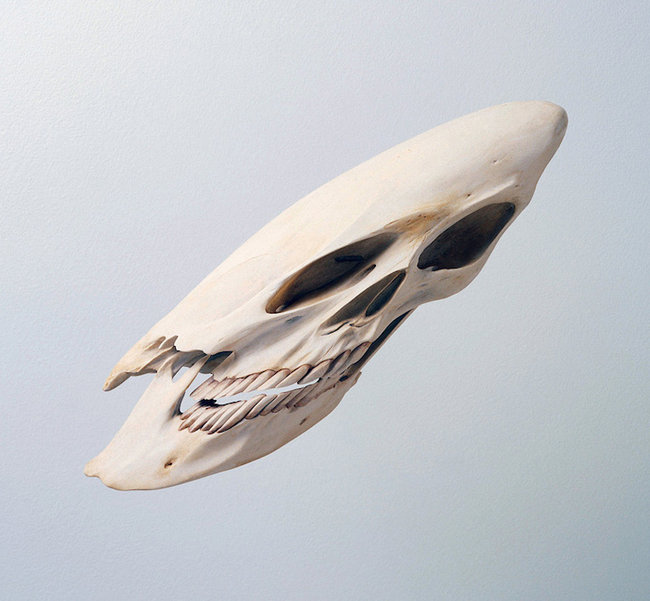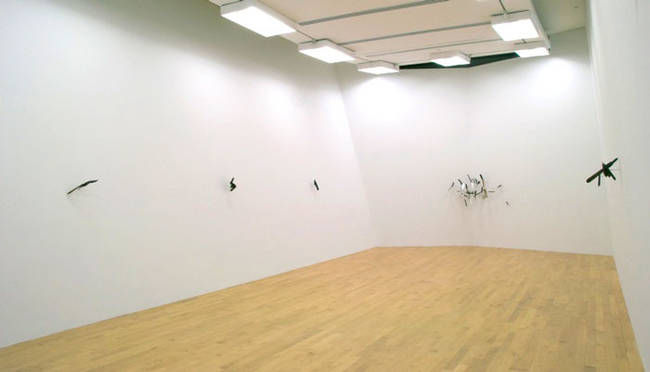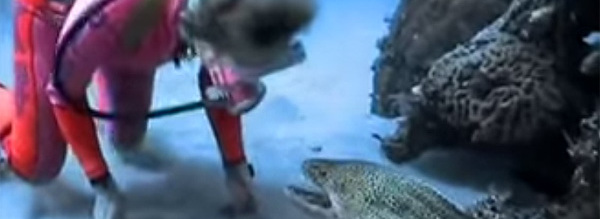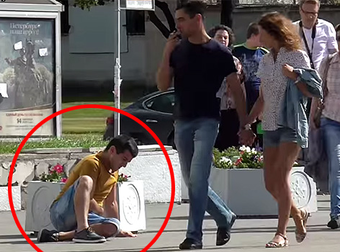When you walk into a Robert Lazzarini exhibit, you might get a little dizzy. That’s understandable, considering everything you’re looking at was distorted to the extreme. You know what you think something should look like, but here, that’s not going to happen. Photos sadly don’t do these sculptures justice, because it’s easy to mistake them for digitally altered images. What you’re seeing is an actual, three-dimensional sculpture.
Lazzarini morphs everyday items with dimensions we’re familiar with, like telephones, chairs, tools, and musical instruments. These items are built for human use, and we expect them to conform to human dimensions. Lazzarini’s work takes that expectation and throws it out the window. He creates warped versions of these otherwise totally recognizable objects.
The result is that, instead of passing by an everyday item, we’re forced to look at it more carefully. We might even find a new way of looking at something we thought we knew. The details in each item are faithfully reproduced, from the buttons on the phone to the features on the skulls. To create the distorted effect, Lazzarini uses a mathematical process to get all of the proportions just right.
As you can see in this video, there is no one “correct” way to look at these sculptures; each angle creates a new distortion. Also, Lazzarini’s pieces are all made from the materials the objects would be made from in real life. The violin is made from wood, the skull is made from bone, and the revolver is made from metal and wood. Keeping the materials true to life means that the pieces become even more boggling, as it becomes clear that no manipulation was applied to a completed object. Each sculpture was designed and built to look like this.
Lazzarini’s exhibit in the Aldrich Museum of Art also featured slanted walls, further disorienting visitors and taking distortion to the next level.
Lazzarini says these sculptures are less about making the object different, but about seeing how far the object’s dimensions can be pushed while still keeping it recognizable. Despite their altered dimensions, the items can still instantly be read. “I start out with a notion of something, and go through a process of peeling away until it’s completely reduced,” he explained in an interview, “whatever that particular object is.”
That’s certainly one new way to look at a telephone. Now if only I had a window like that in my home growing up. I would have certainly been much different than I am today.
(Via My Modern Met|Museo Magazine)
